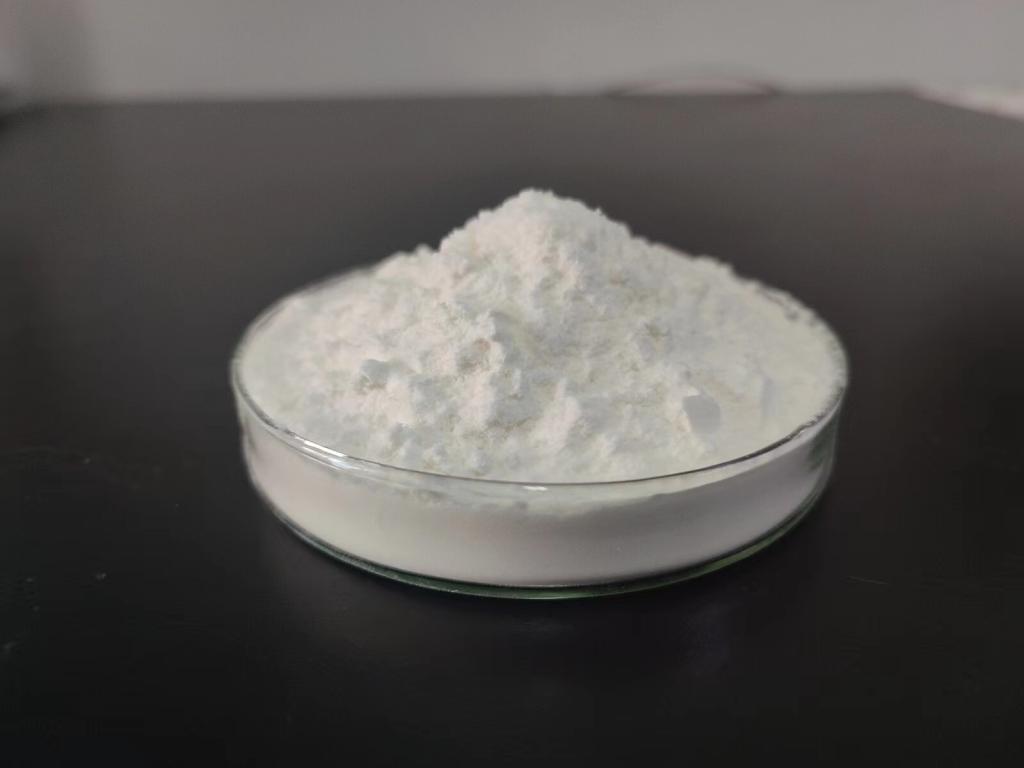Tel:0086 18231198596

News
Current Position:
Home >
News
>Eco-Friendly Antimicrobial Fabrics: The Integration of ε-Polylysine Hydrochloride
Eco-Friendly Antimicrobial Fabrics: The Integration of ε-Polylysine Hydrochloride
TIME:2024-02-22
The Need for Sustainable Textiles:
The conventional textile industry has long been associated with environmental degradation, from water pollution to extensive use of chemicals and energy. The demand for sustainable textiles has surged as consumers and manufacturers recognize the ecological impact of traditional production methods. Eco-friendly textiles not only reduce the industry's environmental footprint but also align with the growing preference for sustainable and socially responsible products.
The Rise of Antimicrobial Fabrics:
Antimicrobial fabrics have gained prominence due to their ability to prevent the growth of microorganisms, addressing issues related to odor, hygiene, and the spread of infections. Traditionally, synthetic chemicals like triclosan and silver nanoparticles were employed for imparting antimicrobial properties to textiles. However, the environmental concerns associated with these chemicals have led to a search for natural and sustainable alternatives, paving the way for the integration of ε-PL.
ε-Polylysine Hydrochloride: A Natural Antimicrobial Agent:
ε-PL is a naturally occurring antimicrobial peptide produced by Streptomyces albulus. With its broad-spectrum antimicrobial activity, ε-PL has been widely used in food preservation and pharmaceutical applications. Leveraging its natural origin and unique properties, ε-PL has the potential to revolutionize the textile industry by offering a sustainable alternative to traditional antimicrobial agents.
Mechanism of Action in Antimicrobial Fabrics:
The antimicrobial action of ε-PL is rooted in its ability to disrupt the cell membranes of microorganisms. When incorporated into fabric, ε-PL interacts with the cell membranes of bacteria and fungi, creating pores that lead to cell death. This mechanism provides a natural and effective means of preventing microbial growth on textiles, without the need for synthetic chemicals.
ε-PL's Compatibility with Textile Materials:
One of the key considerations in the integration of antimicrobial agents into textiles is their compatibility with different materials. ε-PL has shown compatibility with various textile fibers, including cotton, wool, polyester, and blends. This versatility allows for the incorporation of ε-PL into a wide range of textile products, from clothing to home furnishings, without compromising the integrity or feel of the fabric.
Sustainable Production of ε-PL:
The production of ε-PL involves fermentation processes using Streptomyces albulus. Compared to the synthesis of some synthetic antimicrobial agents, the fermentation-based production of ε-PL generally has a lower environmental impact. The use of renewable resources in the fermentation process contributes to the overall sustainability of ε-PL as an antimicrobial agent for textiles.
Application Techniques in Textile Production:
The integration of ε-PL into textiles can be achieved through various application techniques. These include incorporating ε-PL during the dyeing or finishing processes, applying it as a coating on the fabric surface, or blending it with other fibers during spinning. Each method offers unique advantages and considerations, depending on the specific textile application and desired antimicrobial efficacy.
Enhanced Durability and Longevity:
Antimicrobial fabrics treated with ε-PL exhibit enhanced durability and longevity. The natural affinity of ε-PL for textile fibers allows for a strong and lasting bond, ensuring that the antimicrobial properties persist through multiple wash cycles and extended use. This durability contributes to the sustainability of ε-PL-treated textiles by reducing the frequency of replacements and extending the life cycle of products.
Antibacterial Performance and Odor Control:
The antibacterial performance of ε-PL-treated fabrics is a key attribute that addresses hygiene concerns. By inhibiting the growth of odor-causing bacteria, ε-PL contributes to enhanced freshness in textiles. This property is particularly valuable in activewear, undergarments, and other apparel where odor control is a priority.
ε-PL in Medical Textiles:
The antimicrobial properties of ε-PL make it suitable for application in medical textiles, including surgical gowns, wound dressings, and other healthcare-related products. The natural origin of ε-PL aligns with the demand for safe and sustainable materials in medical settings. Additionally, the ability of ε-PL to inhibit microbial growth contributes to infection prevention and control in healthcare environments.
Regulatory Compliance and Safety:
The integration of ε-PL into textiles requires compliance with regulatory standards to ensure product safety. The Generally Recognized as Safe (GRAS) status of ε-PL in food applications provides a foundation for its safety profile. However, additional assessments and approvals may be necessary for its use in textiles, necessitating collaboration between manufacturers, regulatory bodies, and research institutions.
Consumer Awareness and Acceptance:
The success of ε-PL-treated textiles depends on consumer awareness and acceptance. Educating consumers about the benefits of ε-PL, its natural origin, and its contribution to sustainable textile production is crucial. Transparent labeling and communication regarding the antimicrobial properties of textiles can build trust and foster a positive perception among environmentally conscious consumers.
Challenges and Future Directions:
Despite the potential of ε-PL in eco-friendly antimicrobial textiles, challenges exist. Optimizing application techniques, addressing potential allergenicity concerns, and conducting comprehensive life cycle assessments are areas for further research and development. The collaboration between researchers, textile manufacturers, and regulatory agencies is essential to address these challenges and unlock the full potential of ε-PL in sustainable textile production.
Conclusion:
In conclusion, the integration of ε-Polylysine Hydrochloride into textiles represents a promising step towards eco-friendly antimicrobial fabrics. As the textile industry continues its journey towards sustainability, ε-PL offers a natural and effective solution to address microbial contamination without compromising environmental responsibility. Through innovative application techniques, compatibility with various textile materials, and a commitment to safety and transparency, ε-PL stands as a beacon in the quest for sustainable and antimicrobial textiles that meet the demands of both consumers and the planet.

 CONTACT
CONTACT




